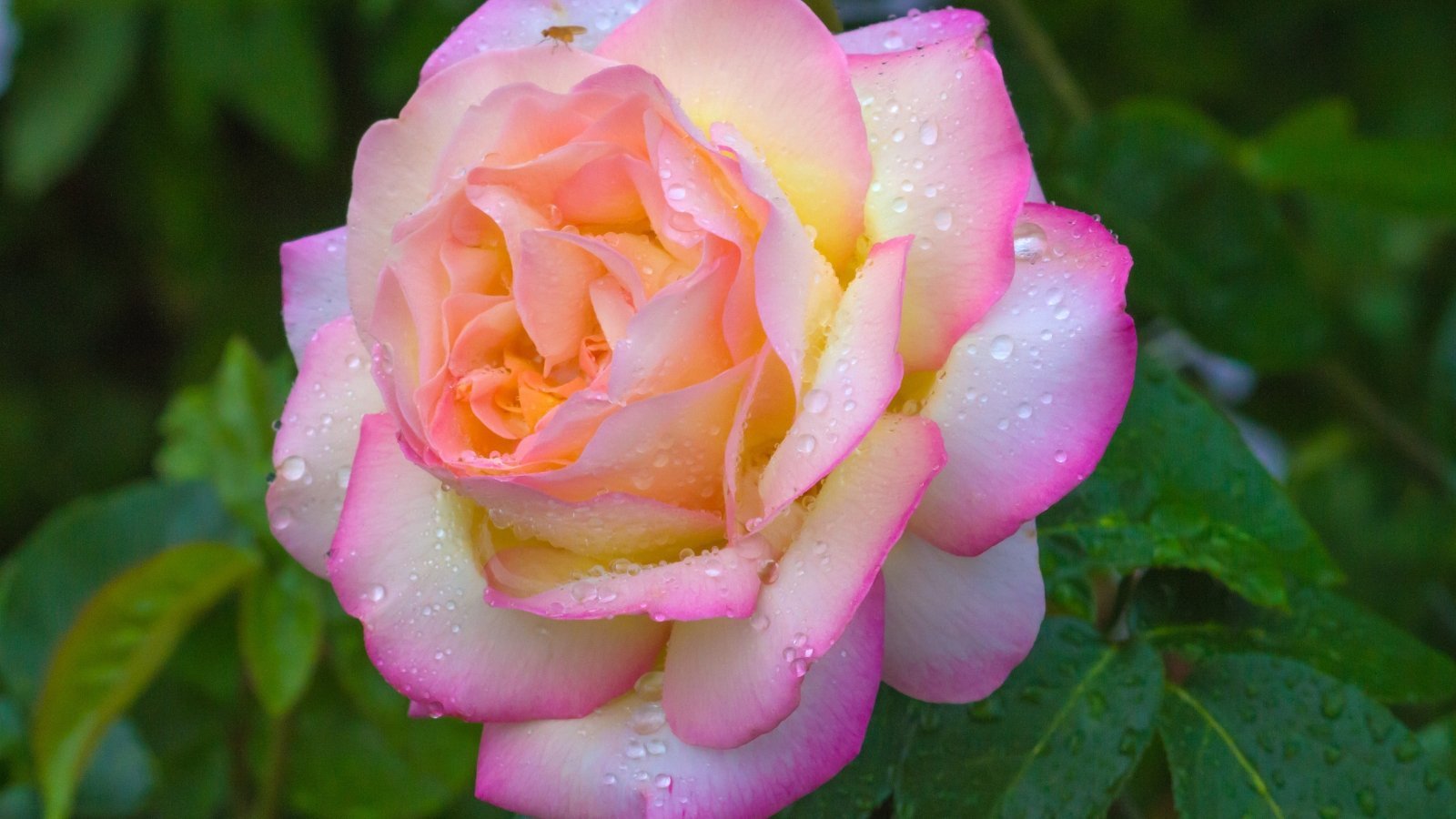There is no question about roses’ popularity as a whole. These plants and their ancestors date back over 30 million years, and they have been in cultivation for more than 2,000 years. It’s no wonder they have gained so much affection in all that time.
These plants have been the subject of much celebration and allusion. We see them repeatedly in rhetoric, their beauty compared with the most lovely of muses. When it comes to floristry, there isn’t a single flower that even comes close to their popularity.
Breeding has advanced greatly in the past 300 years; today, we have some absolutely breathtaking cultivars. I did some digging to uncover some of the most popular roses of all time so I could share them with you! Please enjoy the 15 incredibly gorgeous varieties.
‘Peace’
‘Peace’ originally went by the name ‘Madame A. Meilland’ after Frances Meilland of France, who bred the shrub in 1935. World-famous, the blooms on this hybrid tea variety are large and luminous, earning them a place as one of the most popular roses of all time. They have a creamy, golden glow emanating from within, with petals edged in the most perfect shade of pink. They are also pleasingly fragrant.
This attractive, vigorous shrub has a wonderful shape. Madame A. Meilland sent bud wood of the plant to growers in other countries in 1939 to preserve it from destruction during the Nazi invasion.
It went on to win an Award of Garden Merit from the Royal Horticultural Society. After being elected to the Rose Hall of Fame in 1976, it was later named the Rose of the 20th Century. That’s quite an impressive resume!
‘Madame Hardy’
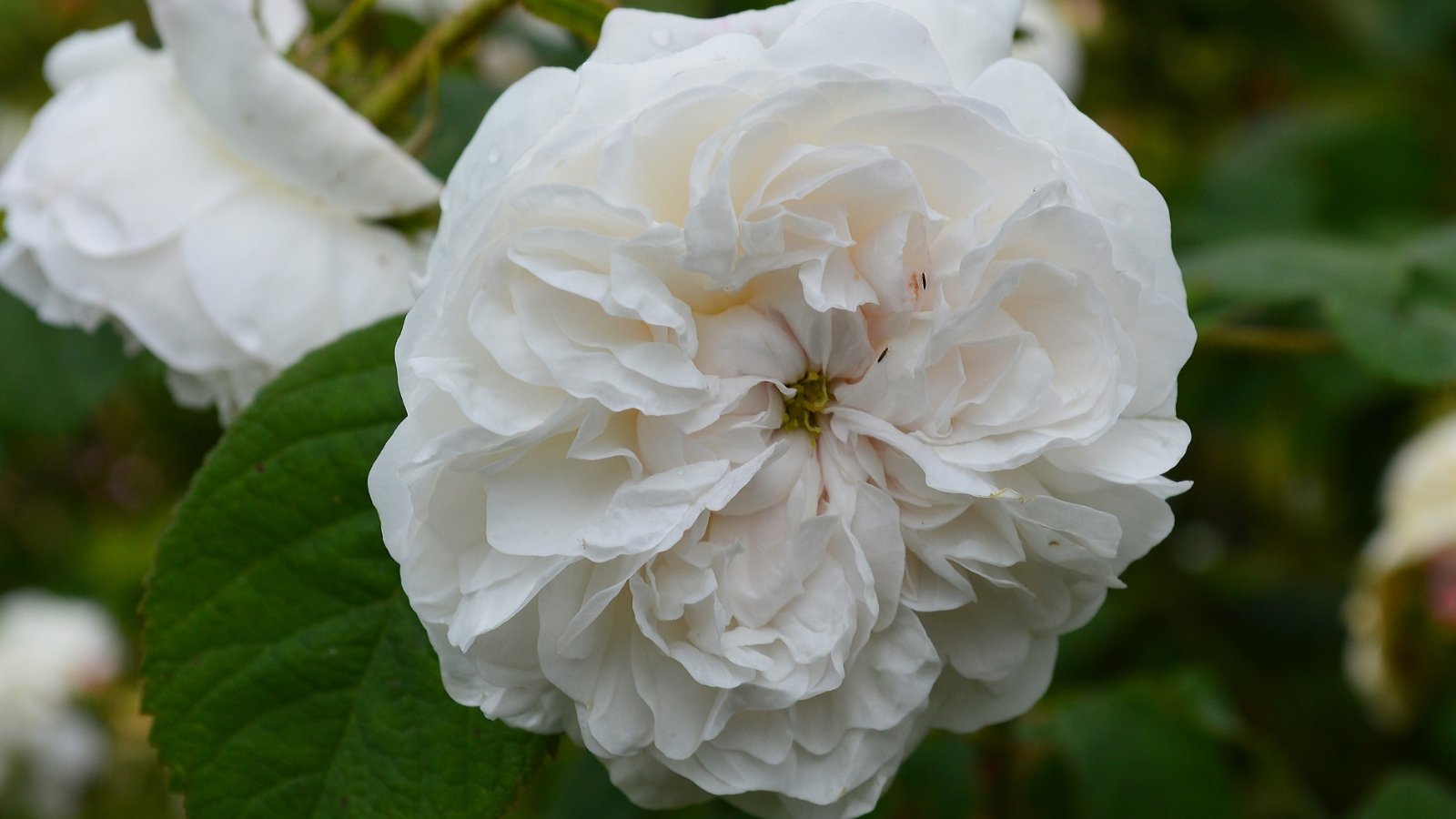
I have a thing for blush-colored flowers. Just the faintest hint of pink adds incredible personality to ‘Madame Hardy.’ This is not your average white bloom nor quite pink, either. Instead, it is a plush confection of barely there shell-pink. The blooms are medium to large with a cupped form.
‘Madame Hardy’ is a hybrid Damask, which was originally named ‘Felicite Hardy.’ Bred by Julien Alexandre Hardy in 1831, he named this ethereal flower for his wife. After much adoration of these blooms, I can only conjecture that he was very fond of his wife. It’s an amazing flower.
This lovely lady has an illustrious reputation. It is an inductee to the Old Rose Hall of Fame and a winner of the Award of Garden Merit from the RHS. Popular is an understatement. If roses were people, Madame is the prettiest, most popular girl in the room.
‘Bonica® 82’
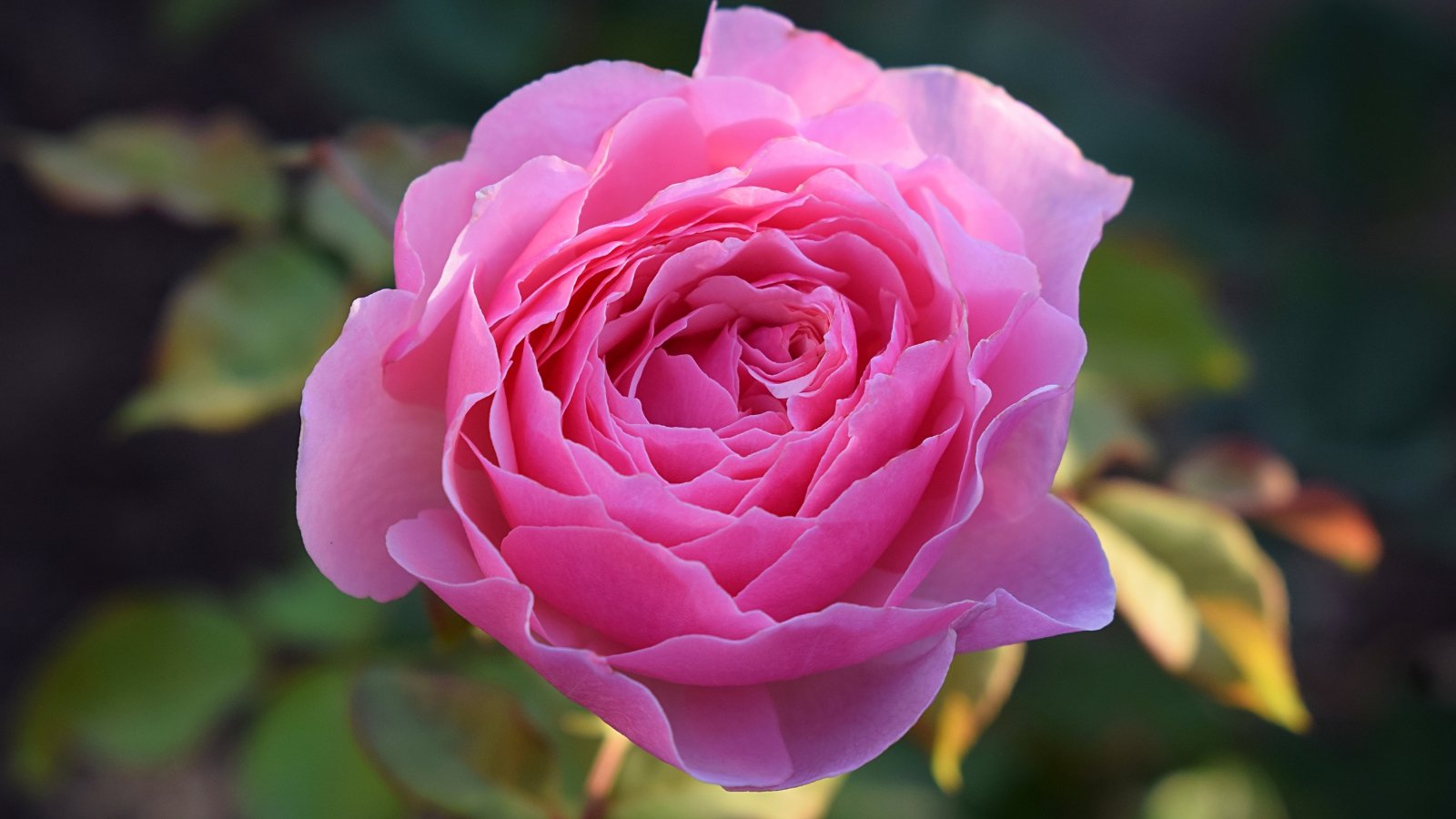
This bubblegum pink variety is noteworthy for being the first shrub rose voted into the World Federation of Rose Societies Hall of Fame. Its hardy constitution is icing on the cupcake. It blooms repeatedly, in robust flushes, from spring through fall.
‘Bonica 82’ is stunning and wonderfully fragrant. It’s easy to care for and makes an excellent beginner plant. Good looks and a tough constitution aside, this is a fabulous rose. In 1977, the shrub earned the title of World’s Favorite Rose.
‘Iceberg’
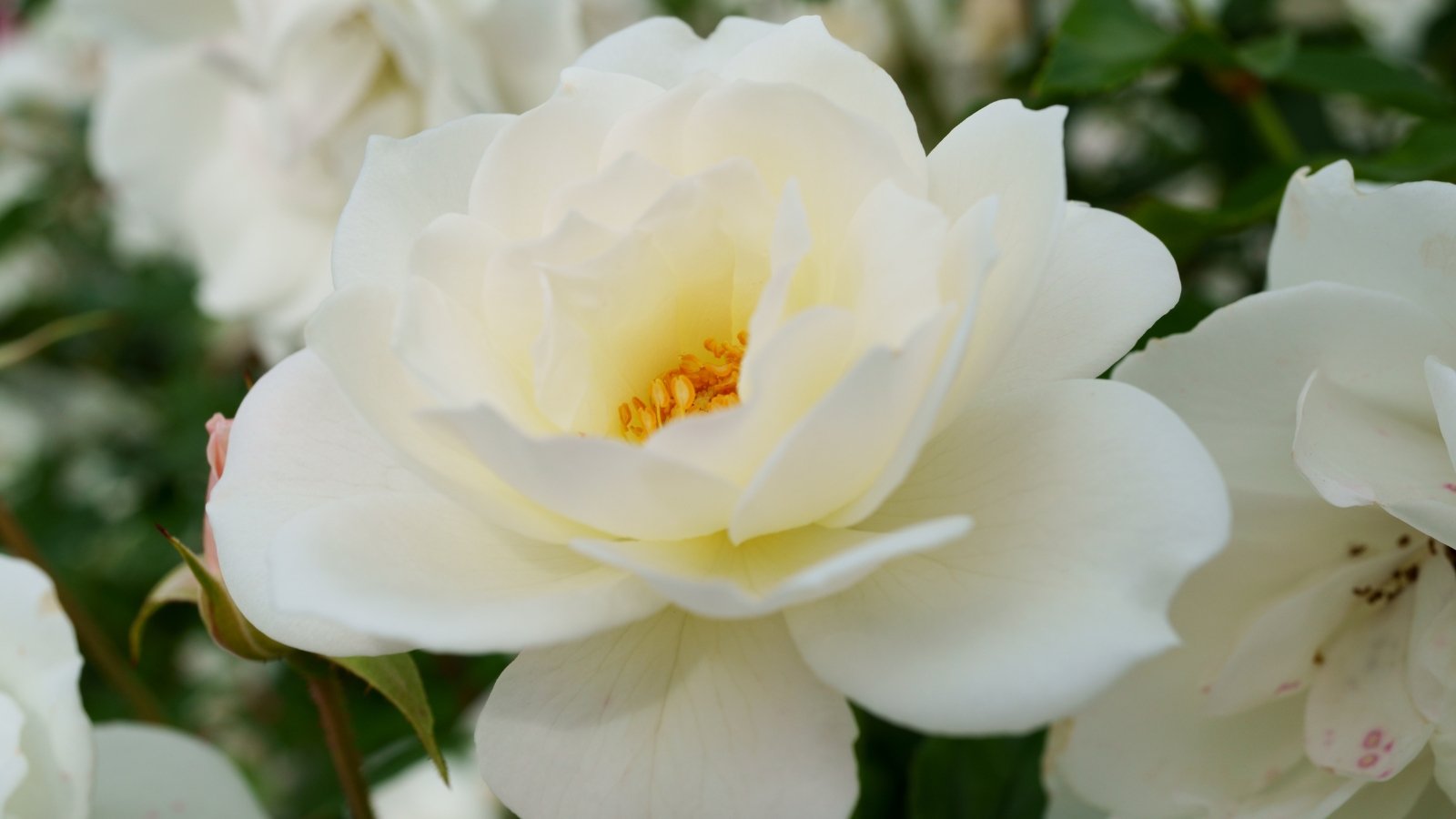
There is nothing frosty about ‘Iceberg’. On the contrary, the creamy, white blooms ooze warmth and affability. The large, fragrant flowers bloom freely on a dense, attractive shrub. When fully opened, glowing, golden stamens show at the center of a mass of creamy petals.
‘Iceberg’ is a Floribunda bred by Reimer Kordes of Germany in 1958. It has sustained popularity for decades due to its beauty and adaptability. It’s well known as a heat—and cold-tolerant cultivar and is also a Hall of Fame inductee.
‘Mister Lincoln’
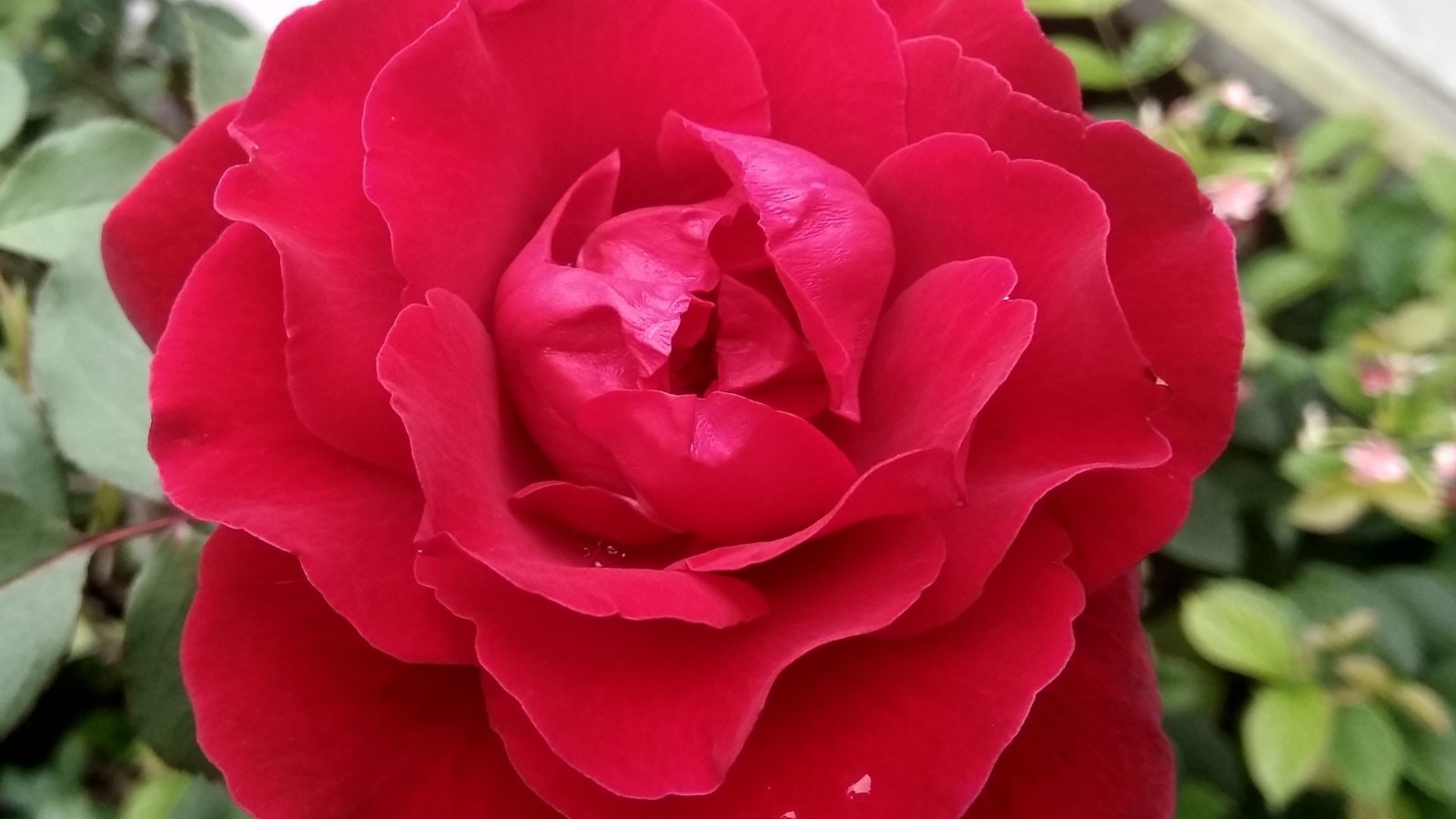
If you adore a bouquet of red blooms with long, slender stems, I’d like to introduce you to ‘Mr. Lincoln.’ This plant produces the most perfect lipstick-red flower. The flowers are large and impeccably formed, with a scent to match. There is no finer red than ‘Mr. Lincoln.’
Winner of the 1965 All-America Rose Selections, this hybrid tea is a mid-sized shrub known for its long blooming season. This is a must-have in the cutting garden! It’s flexible about the climate and performs as well as any rose ever has. ‘Mr. Lincoln’ is also an ‘own root’ cultivar, so it doesn’t require grafting.
‘Therese Bugnet’
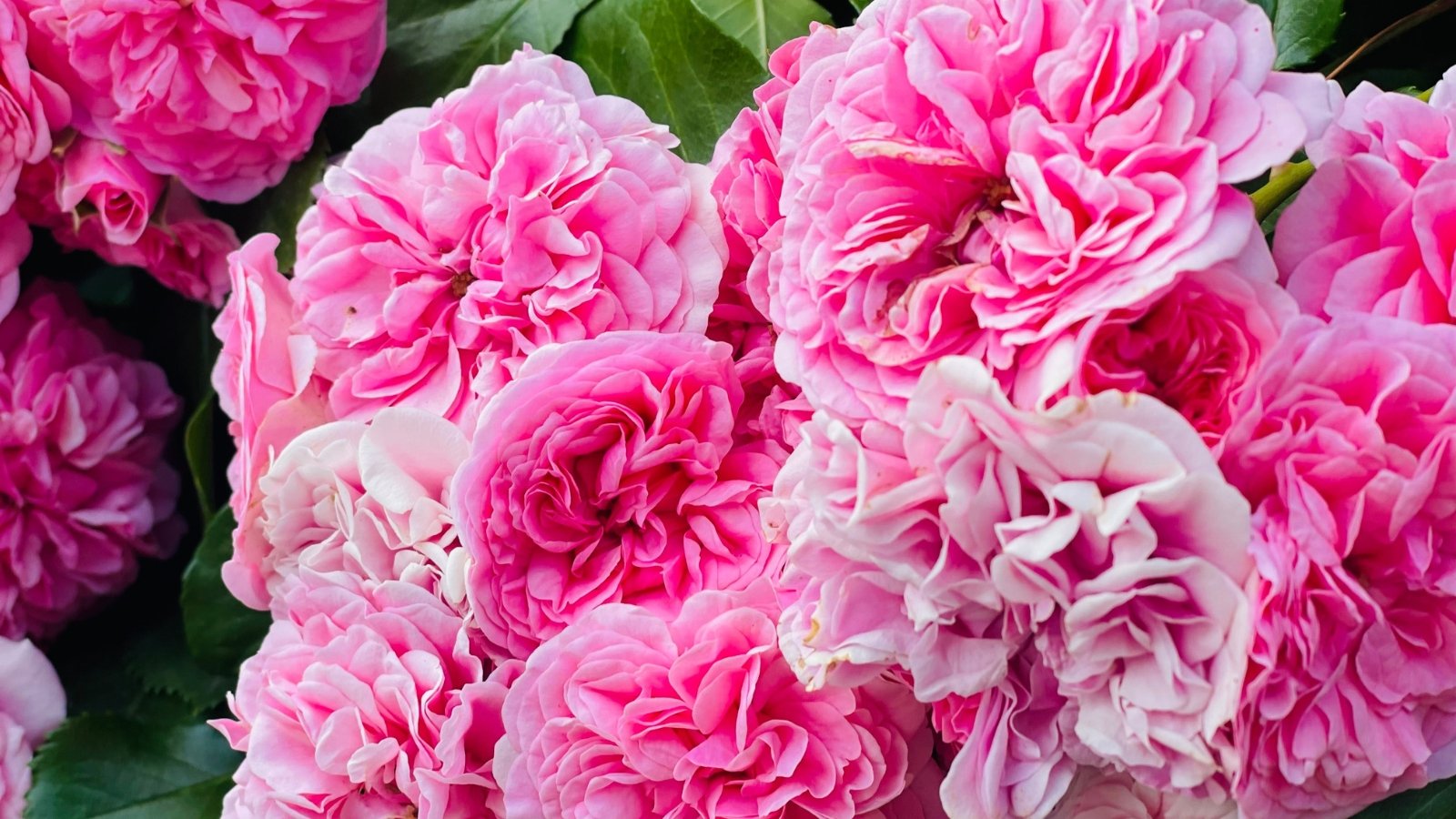
Speaking of flexibility, this next cultivar will grow from Zone 3 to Zone 10, an incredible range! It’s nearly, if not entirely, thornless and highly fragrant. All this, and I haven’t even gotten to the flowers, which bloom repeatedly for most of the growing season.
‘Therese Bugnet’ has large, ruffled, very fancy orchid pink blooms. They bloom in clusters and give the shrub a natural or wild appearance. Introduced in 1950, this beautiful variety has stood the test of time and remains one of the most popular pink roses.
‘Double Red Knock Out’
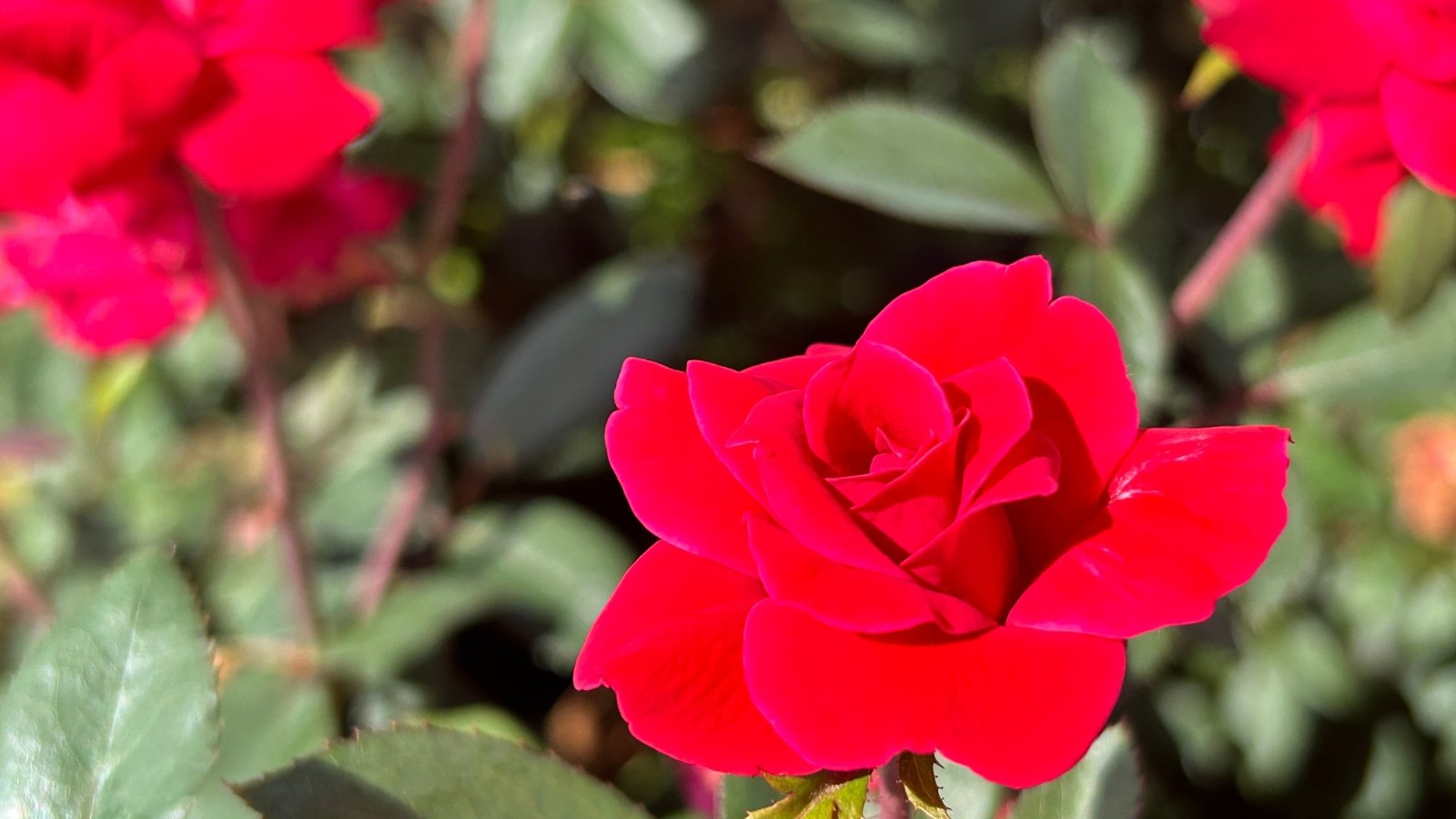
Knock-out roses are famous for their easygoing nature. They also have an extra-long blooming season, which certainly adds to their popularity. The introduction of these plants in 2000 made quite an impression on the rose breeding world.
You won’t have to toil over this cultivar. It produces an abundance of bright cherry-red blooms through three seasons. It’s a fast grower and tolerates a wide range of climates. ‘Double Red Knock Out’ is a plant for every gardener.
Parfuma ‘Bliss’
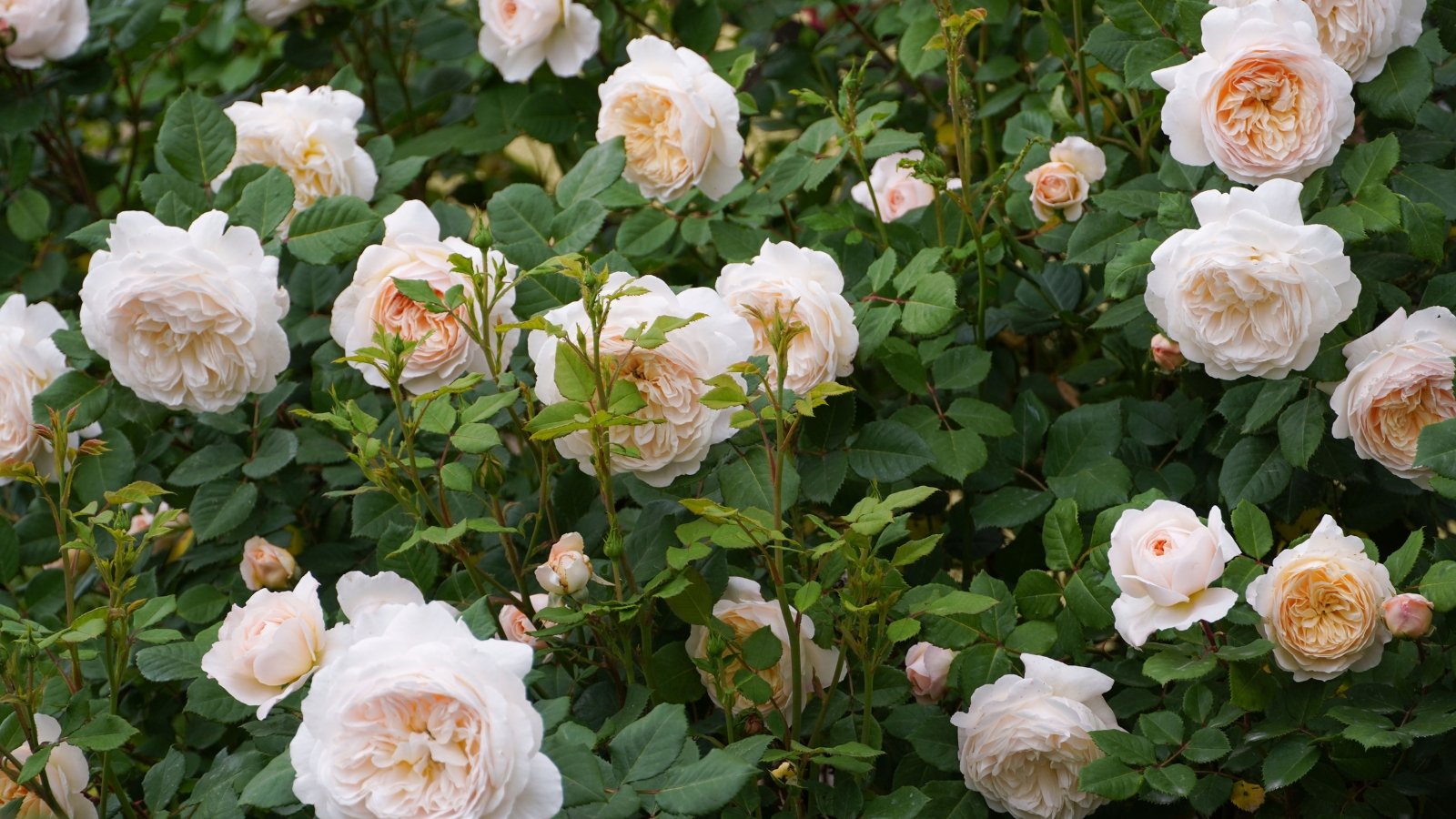
This floribunda is famous for all the right reasons. Its large, heavy, old-fashioned-style flowers are perfectly peaches and cream. They are moderate to highly fragrant, which is always a positive trait in roses. It has great disease resistance.
‘Bliss’ will bloom in flushes throughout the season. The cupped flowers are splendid for cut flower arrangements. A dozen of these can stand alone but also complement other flowers wonderfully. It’s a small plant but a big producer.
‘Don Juan’
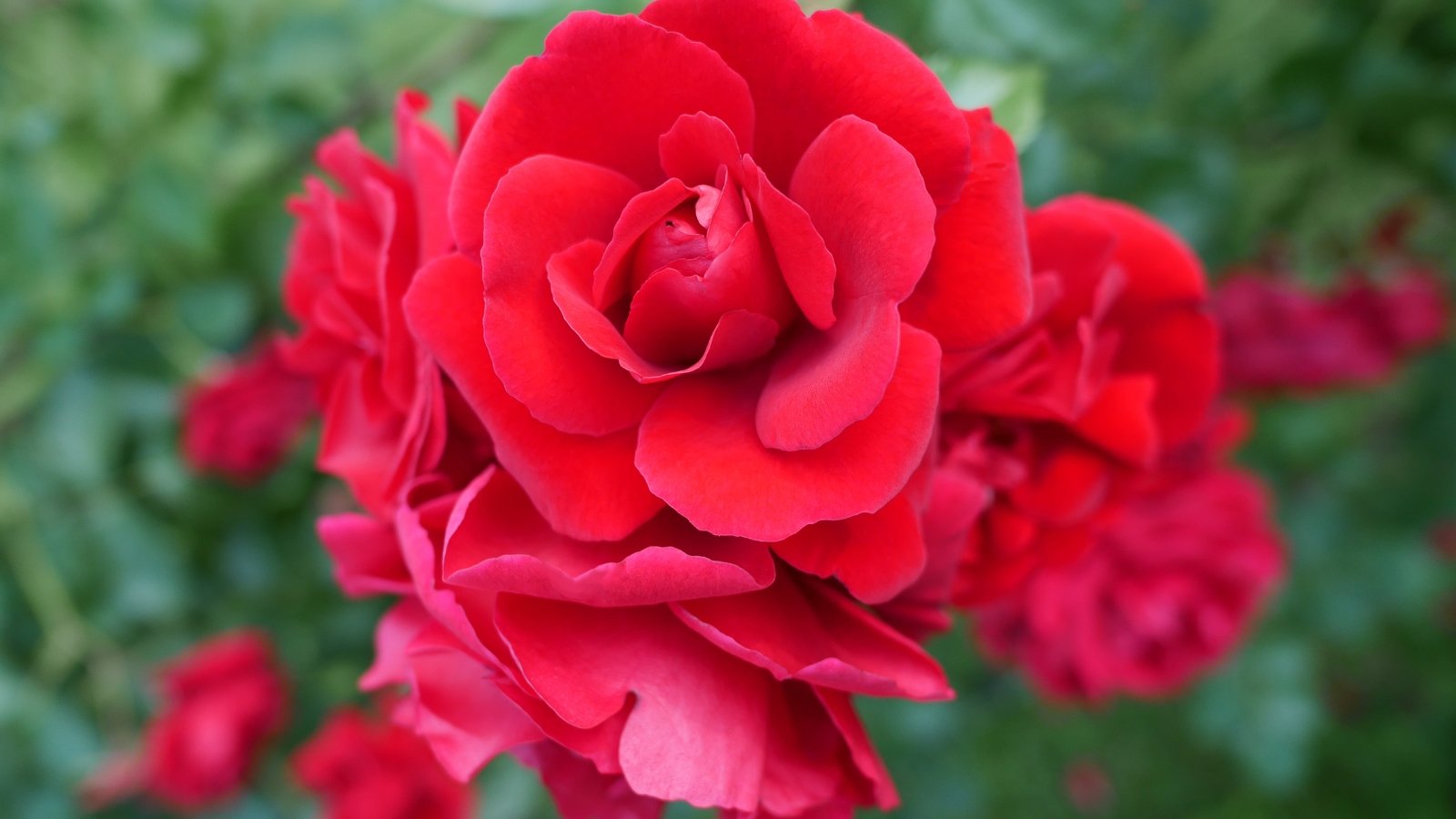
‘Don Juan’ lives up to his name, seducing passers-by with sultry, crimson clusters on charming, climbing vines. He’s tolerant of heat and humidity, making this a great variety for Southern gardens. Like many climbing roses, this one is exceptionally resilient.
The work of Italian breeder Michele Malandrone, ‘Don Juan,’ is notably fragrant, a trait unusual in climbing roses. It’s a repeat bloomer and self-cleaning, so there are no worries about deadheading. Give this sensual charmer support to climb; you’ll not regret it.
‘New Dawn’
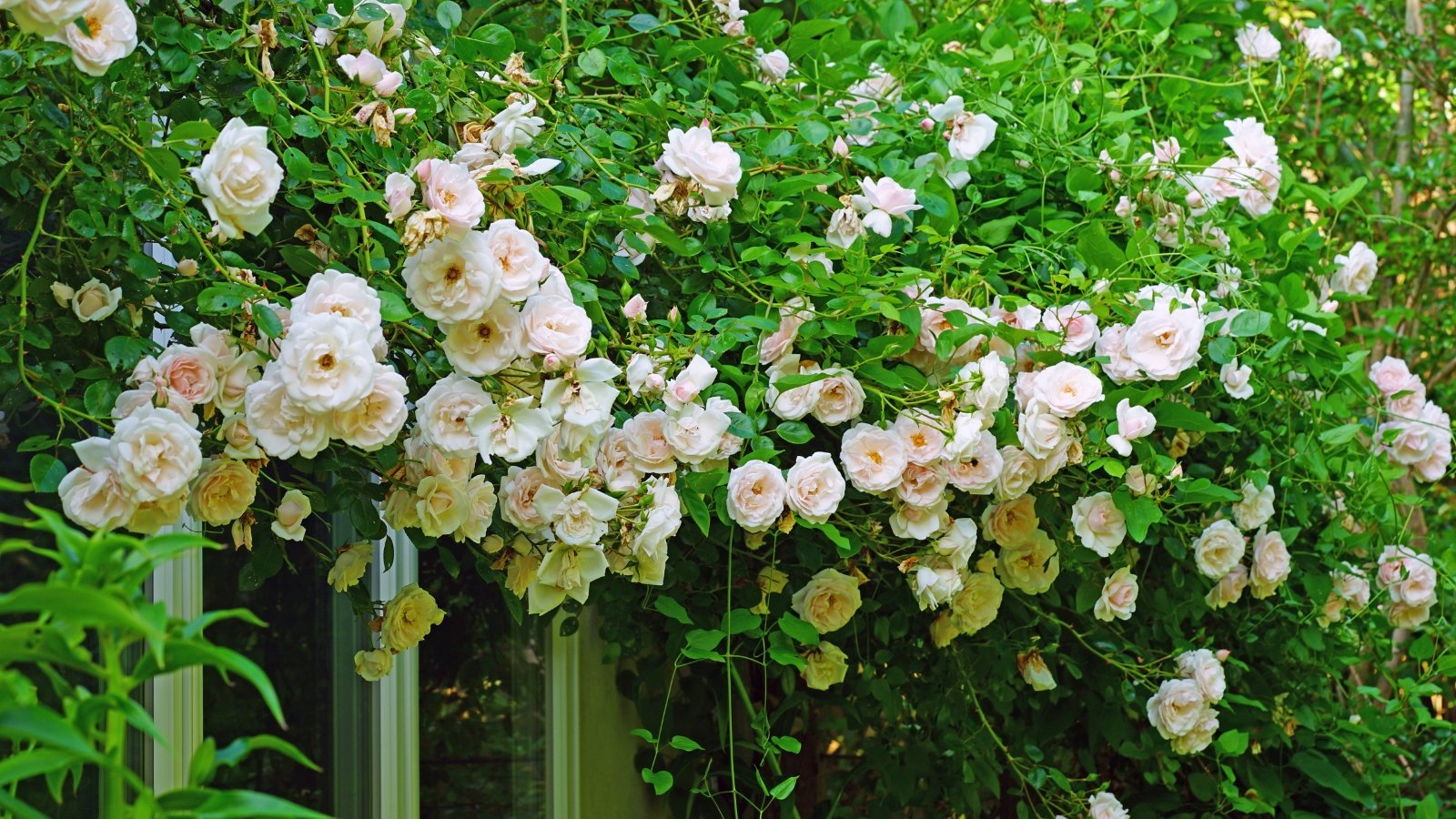
‘New Dawn’ is a product of breeding at Somerset Rose Nursery in New Jersey, introduced in 1930. It walked away from the 11th World Convention of Rose Societies with the title of most popular worldwide. You can grow this versatile plant as a shrub or a climber.
Few climbing roses have a reputation for fragrance. ‘New Dawn’ stands out among its peers in this department. The real MVPs are the flowers. The shade of pink is difficult to describe, but they are cool pink if that strikes a chord. At nearly a century old, ‘New Dawn’ roses are clearly one of the most popular climbers. It’s also a Hall of Fame Winner.
‘Sally Holmes’
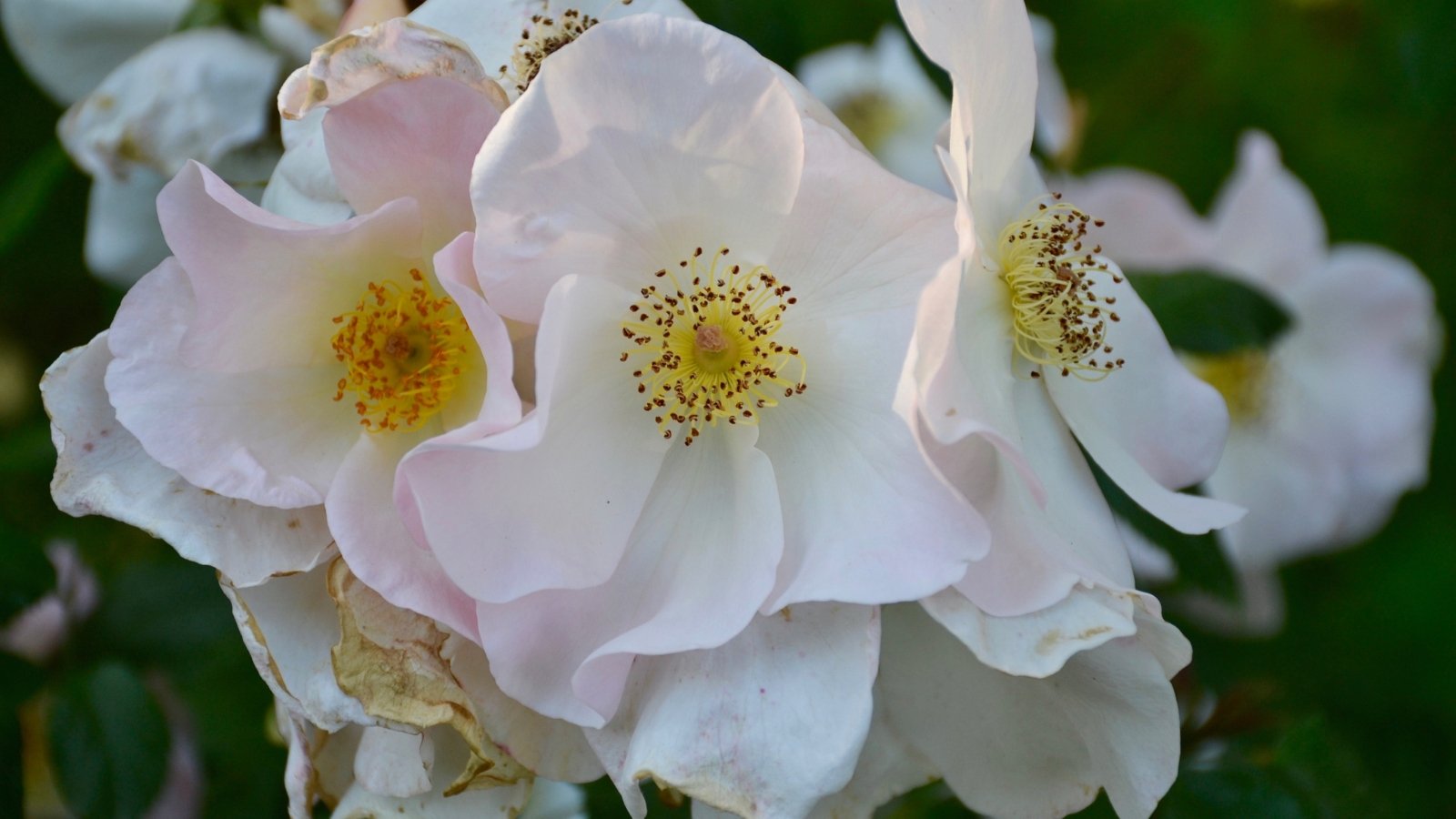
Sweet ‘Sally Holmes’ might be on my Christmas list this year. This outstanding shrub or climbing variety is impressive, to put it lightly. Large, single, fluttery flowers bloom in clusters. The bloom color is white with just a whisper of pale pink.
This one has impressive flowers for a climber. Though they are simple, they span up to five inches in diameter! She’s named after the wife of breeder Robert A. Holmes, who introduced her in 1976. ‘Sally Holmes’ claims second place at the American Rose Society. This is also a Hall of Fame inductee!
‘Fragrant Cloud’
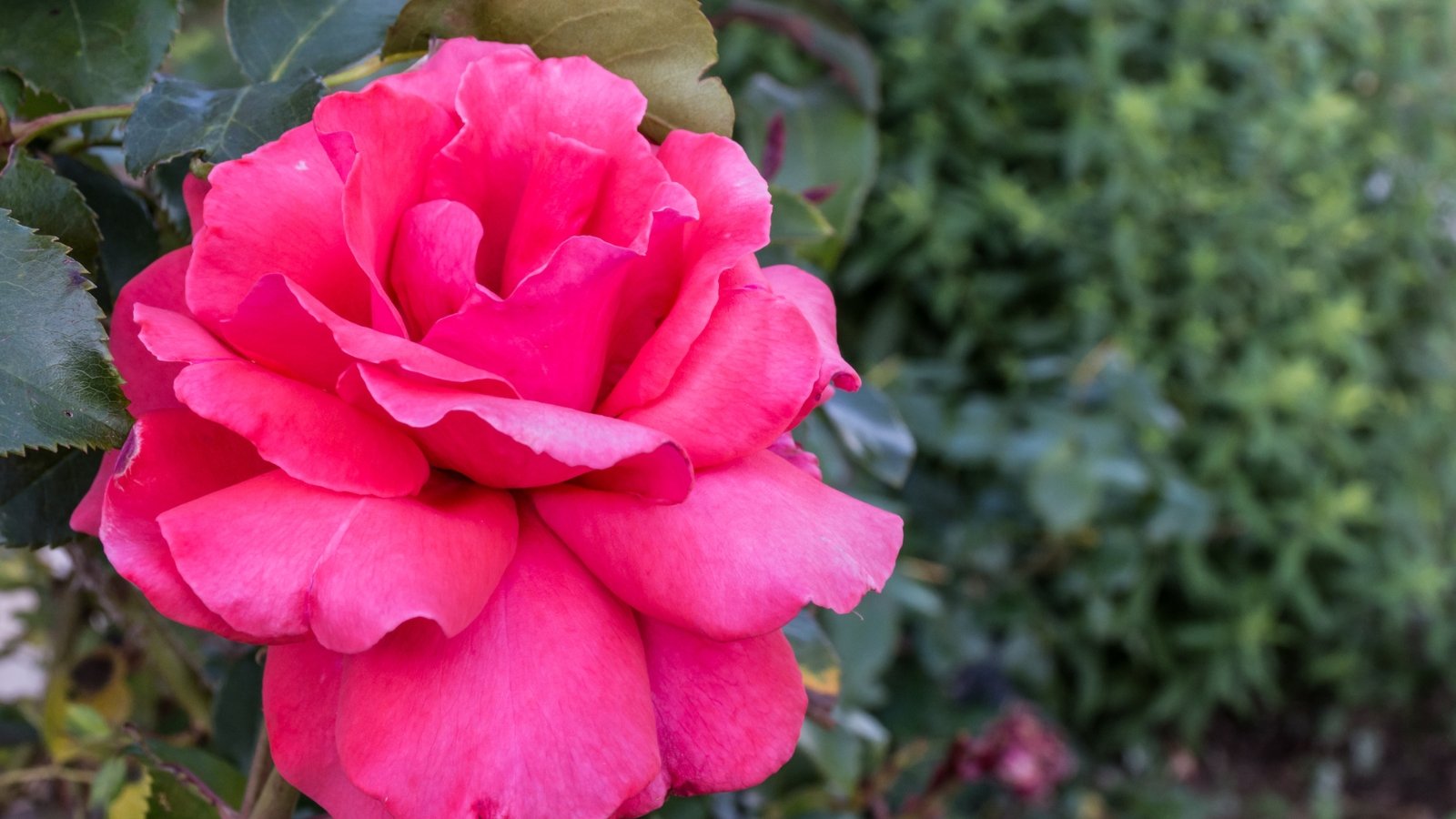
In case the name didn’t give it away, this is a highly fragrant cultivar. From spring to fall, ‘Fragrant Cloud’ produces large, coral-colored blooms that stand out against glossy, deep green foliage. The scent is damask with a touch of spice and undertones of fruity citrus.
Talk about an award-winning cultivar. ‘Fragrant Cloud’ received the Portland Gold Medal in 1966. In 1970, it garnered the James Gamble Fragrance Award. Not the least of its accolades, it was inducted into the World Rose Hall of Fame in 1981.
‘Eden® Rose 85’
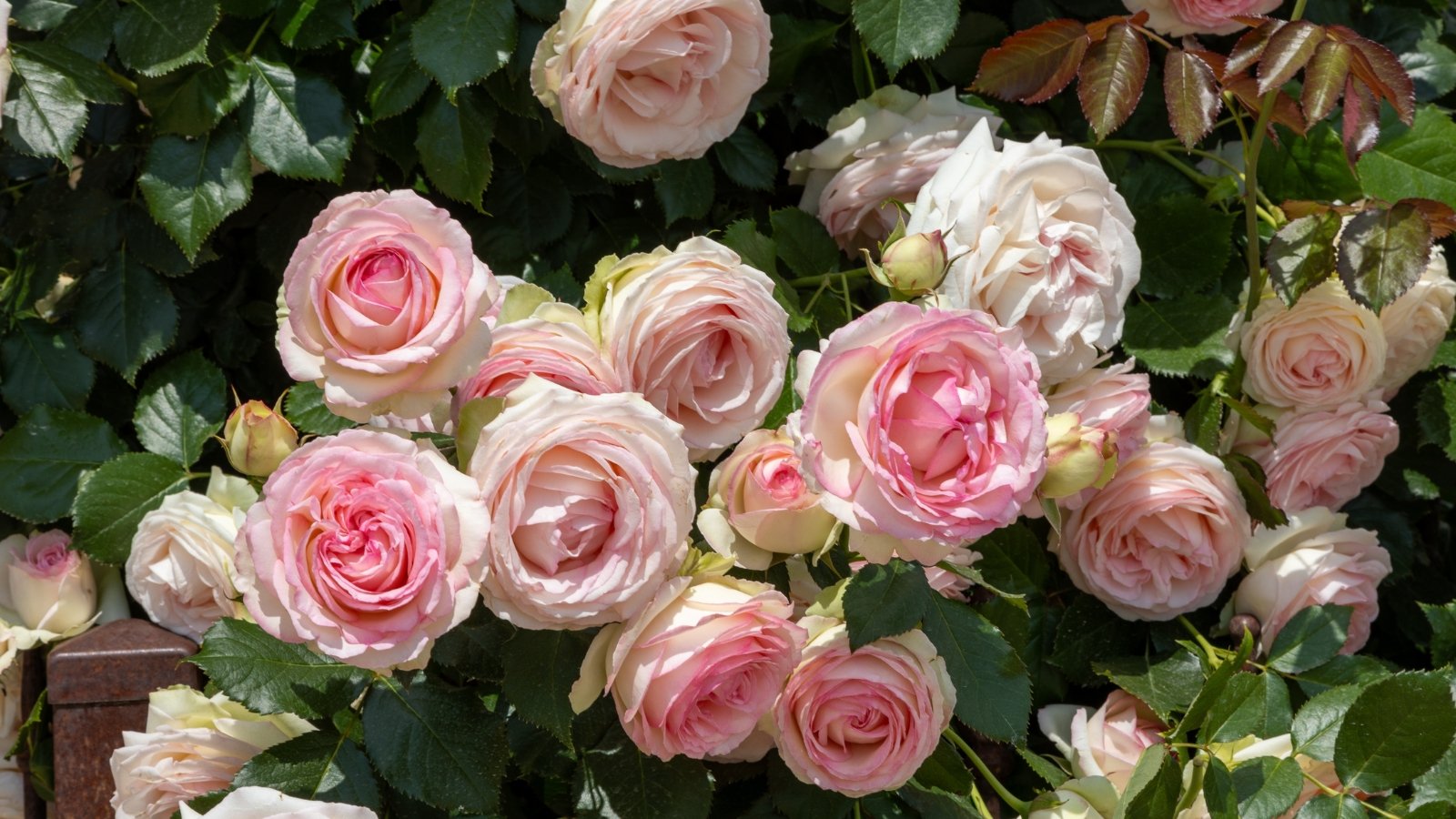
In 2006, ‘Eden® Climber’ earned the honor of World’s Favorite Rose from the World Federation of Rose Societies. In the same year, it was a Hall of Fame inductee. Its popularity might be due, in part, to its versatility and no-fuss nature. With repeated flushes of gorgeous roses from spring through fall, you’re looking at one of the most popular climbing cultivars.
For a climber, the blooms are absolutely enormous. Four-inch, cup-shaped flowers, each with at least 60 petals, this isn’t your average climber. The blooms are white, turning pink at the outer edges of the petals, with old-fashioned charm.
‘Chrysler Imperial’
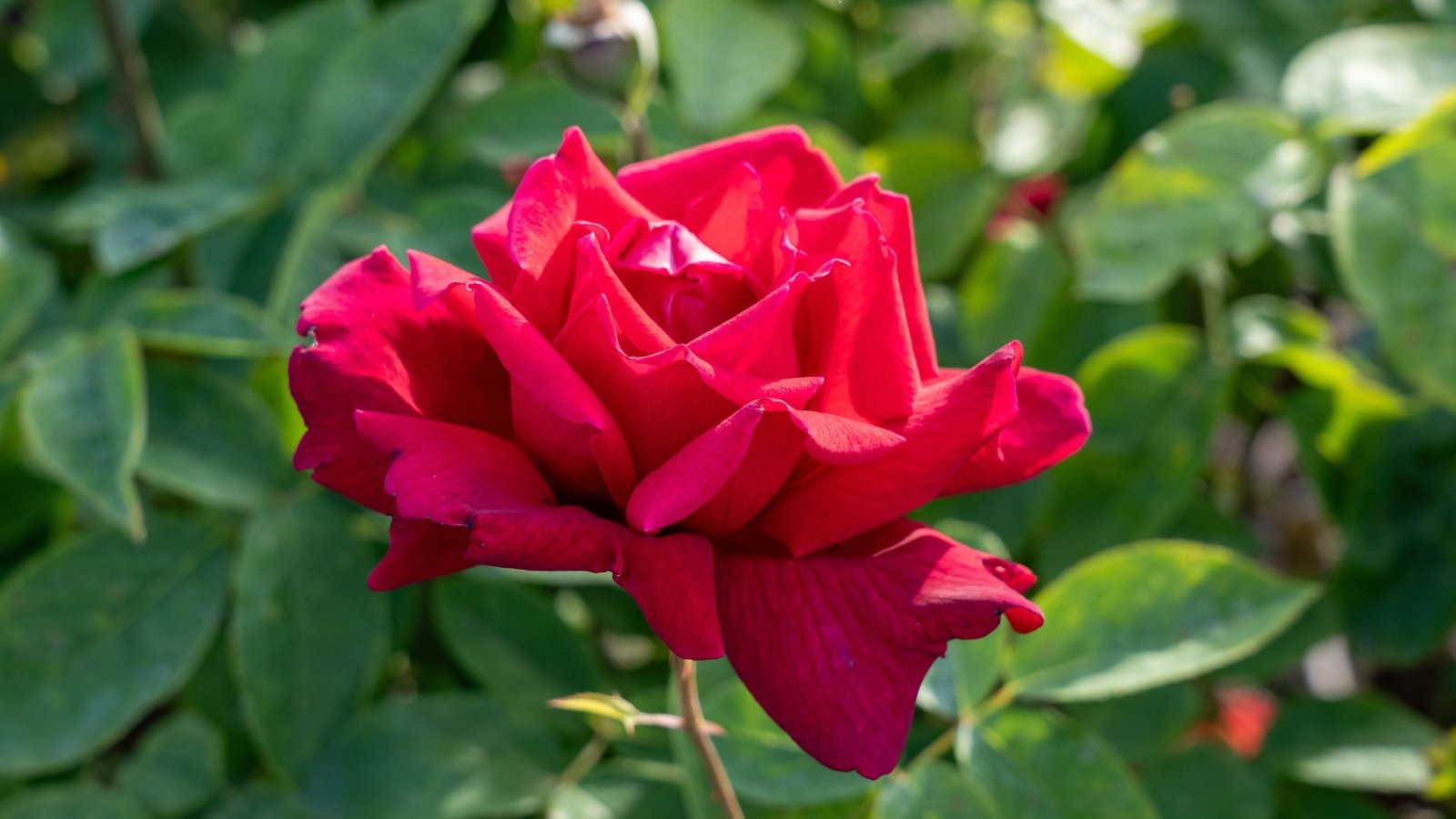
Awards upon awards have fallen to this next cultivar. It was an All-America Rose Selection in 1953, the year after its introduction. It went on to win the John Cook Medal in 1964, back-to-back with the James Alexander Gamble Rose Fragrance Award in 1965.
The blooms are classic and perfect. A bold red with blue undertones, like the perfect shade of red lipstick we’ve looked for all our lives. The blooms are classic hybrid tea form with pointed buds and high-centered when open. A repeat bloomer flushes with these gorgeous flowers from spring to fall.
‘Graham Thomas’
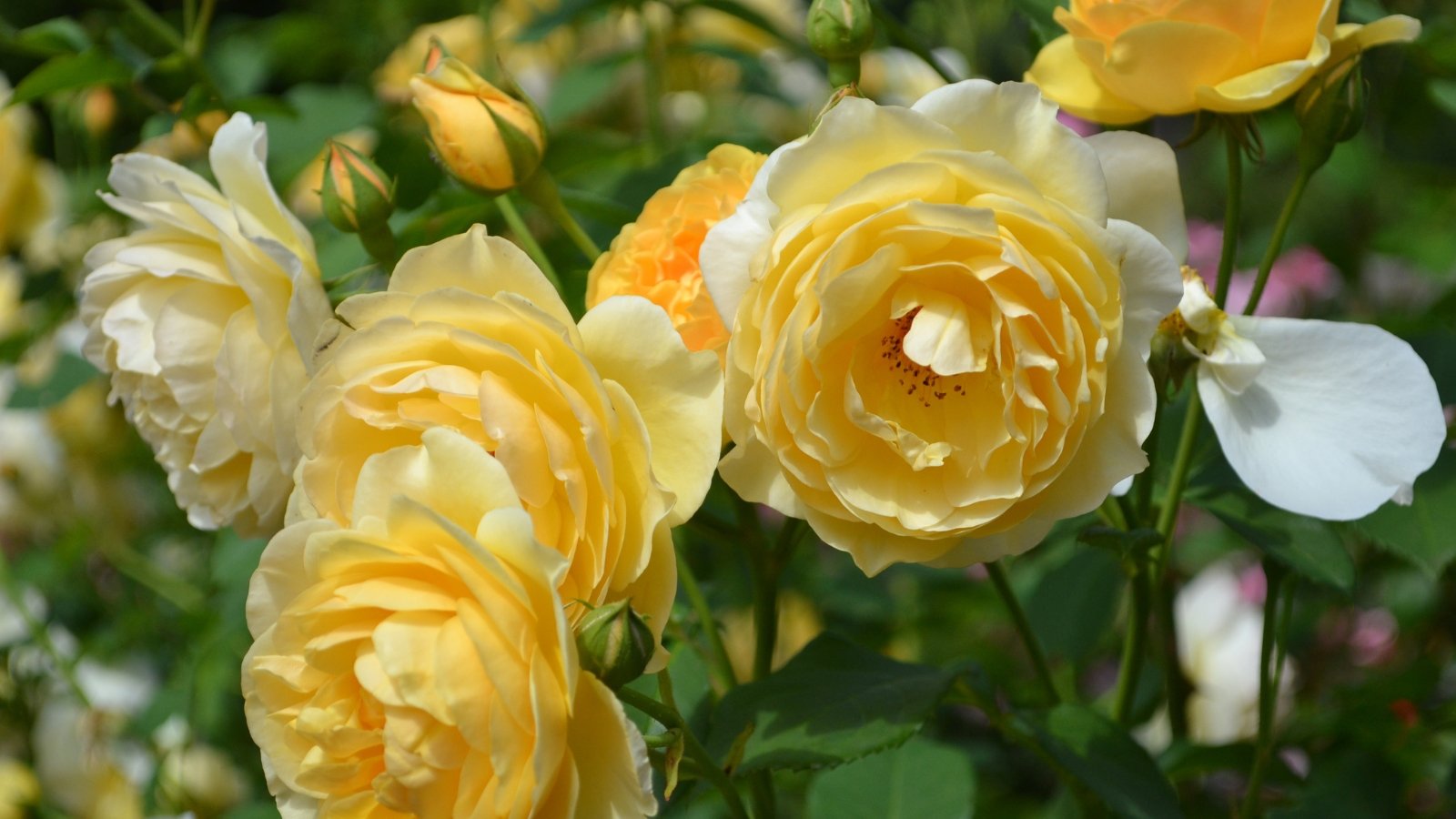
Rounding out the list is ‘Graham Thomas,’ a distinguished name for a distinctive plant. Bred by Austin Davis, this highly recognizable cultivar has bright yellow, fully double blooms that grow in clusters. They have a sweet, fruity hybrid tea fragrance.
When it comes to awards, ‘Graham Thomas’ has gotten quite a few nods in his time. In 2009, 41 rose societies voted this the World’s Favorite Rose. It also received the James Mason Award in 2000. Winning recognition early on from the Royal Horticultural Society, ‘Graham Thomas’ earned the Award of Garden Merit in 1993.
